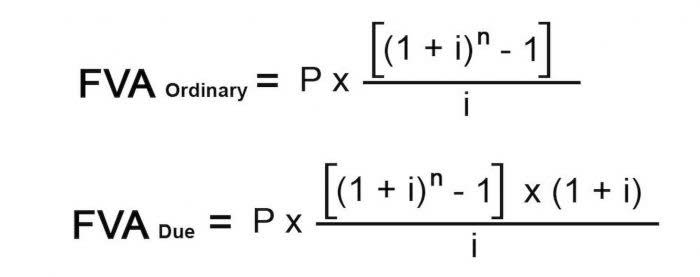
Our writing and editorial staff are a team of experts holding advanced financial designations and have written for most major financial media publications. Our work has been directly cited by organizations including Entrepreneur, Business Insider, Investopedia, Forbes, CNBC, and many others. Our team of reviewers are established professionals with decades of experience in areas of personal finance and hold many advanced degrees and certifications.
- Now that most businesses use digital technology, the step of posting to journals is performed by the accounting software.
- Business transactions are first recorded in a journal and then transferred to the ledger at appropriate regular intervals of time.
- In large businesses, where transactions of various categories occur hundreds or thousands of times each month, it is inconvenient to record them in the general journal.
- Purchase Journal records all the transactions related to the purchase of the goods on credit from the suppliers.
- Our writing and editorial staff are a team of experts holding advanced financial designations and have written for most major financial media publications.
- A general journal is used to record those transactions that do not fall within the scope of the above-mentioned journals.
How many types of special journals are there?
It is similar to the sales journal because it has a corresponding subsidiary ledger, the accounts payable subsidiary ledger. Since the purchases journal is only for purchases of inventory on account, it means the company owes money. To keep track of whom the company owes money to and when payment is due, the entries are posted daily to the accounts payable subsidiary ledger. Accounts Payable in the general ledger becomes a control account just like Accounts Receivable.
- Money paid out is recorded in the cash disbursements journal, which is generally kept in numerical order by check number and includes all of the checks recorded in the checkbook register.
- For example, subsidiary ledgers, such as the accounts receivable ledger, provide data about the aging and collectability of receivables.
- Therefore, one or more individuals must record the transactions by hand in the appropriate journals.
- The special journals that we will illustrate are examples of those found in many manually kept books, but they are not the only types used.
- In case the company does not use this journal, all the transactions would be recorded in the General journal only, and at a later stage, it would become difficult to look at the specific types and nature of transactions.
Reduction in Detailed Recording
This helps to create an audit trail, or a way to go back and find the original documents supporting a transaction. Find the balance in each account in the accounts payablesubsidiary ledger that follows. Paying bills is recorded in the cash disbursements journal(Figure7.11) and is always a debit to Accounts Payable (or anotherpayable or expense) and a credit to Cash. Purchases of inventory on credit would be recorded in thepurchases journal (Figure7.10) with a debit Bookkeeping for Veterinarians to Merchandise Inventory and a credit toAccounts Payable.
What is the format of a sales journal?
Thus, recording all transactions to the general journal makes it difficult to find the particular tidbits of information that are needed for one of our customers, Mr. Smith. The use of special journal and subsidiary ledgers can make the accounting information system more effective and allow for certain types of information to a special journal that is intended only for credit sales is called a journal. be obtained more easily. The accounts payable subsidiary ledger holdsthe details about all of the amounts a company owes to peopleand/or companies.
2 Describe and Explain the Purpose of Special Journals and Their Importance to Stakeholders

The relationship betweenthe special journals, the general journal, and the general ledgercan be seen in Figure 7.8. Special journals are maintained to record those business transactions that are frequent or repetitive in nature. payroll When the company sells the goods to its customer on a credit basis, there will be a debit to the account receivable account and a credit to the sales account. So, this transaction will be recorded in the sales journal by debiting the accounts receivable account. When the company receives the payment against accounts receivable, the same will be recorded in the cash receipt journal.

